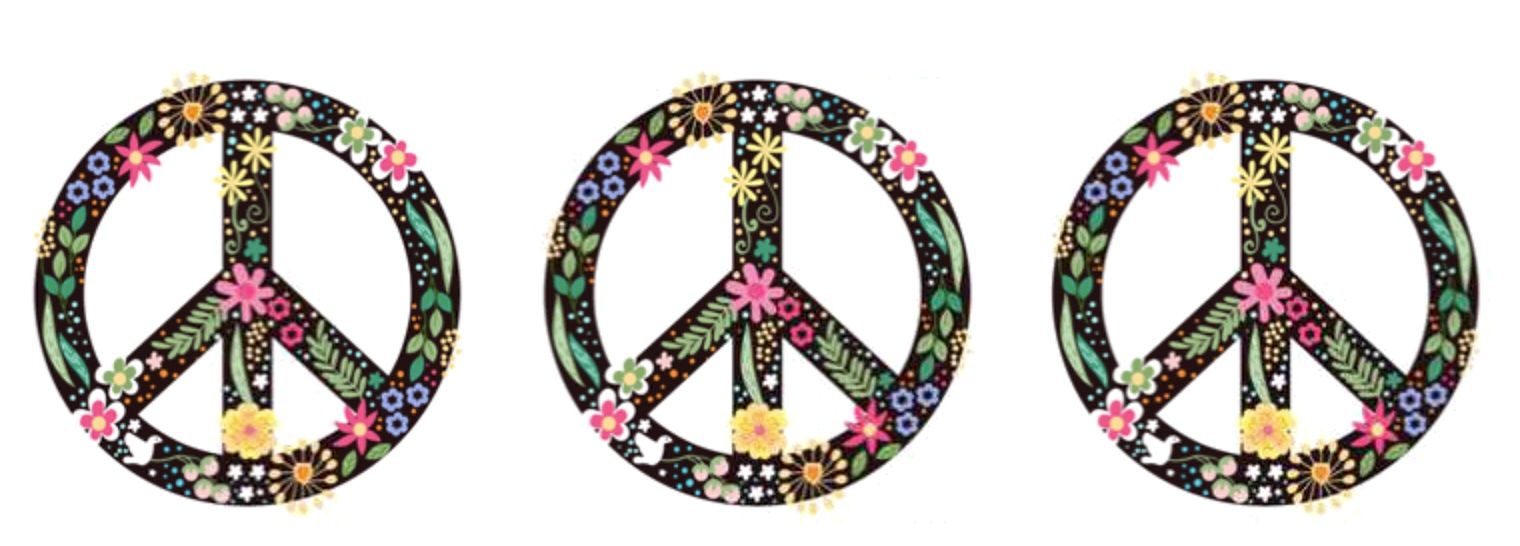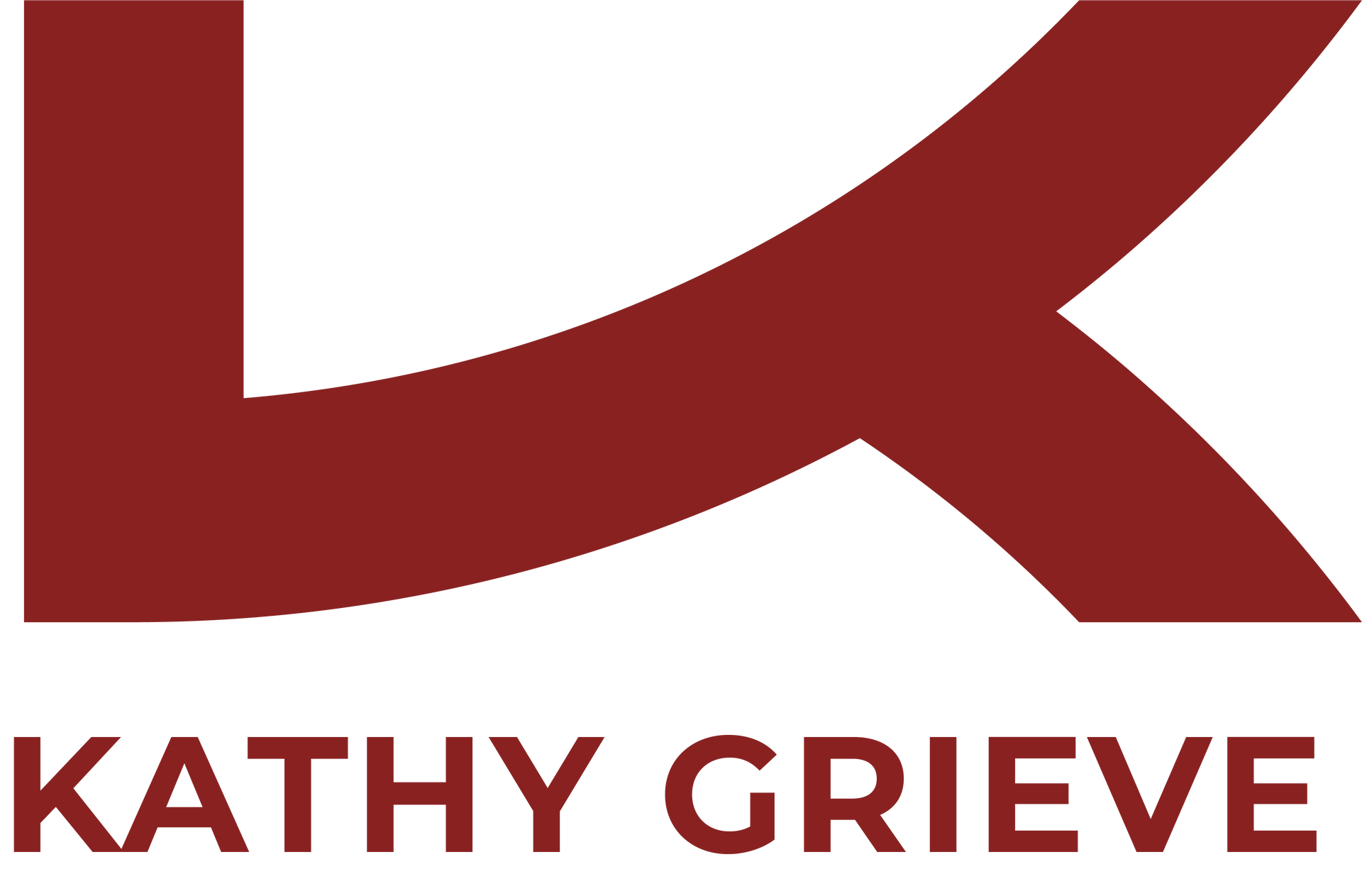To say that I am anxious to get past the pandemic is an understatement tantamount to calling the Beatles a good band or declaring that when the internet came a few things changed. Nonetheless, I can hardly wait to take off my jeans and tee shirt, don a party dress and host a 100 person party to celebrate the end of Covid restrictions. I will be over the moon when I can hug every one of my guests – young, old or in between.
The coronavirus pandemic has created a new reality that most of us could never have foreseen. Many pundits have weighed in with pronouncements and forecasts for life after this seemingly unending epidemic. One expert, Karen Koenen, is a Harvard professor whose specialty is psychiatric epidemiology. I don’t know about you but I had no idea there was such a career designation. But it seems to me that anyone who has the words psychiatry and epidemiology in their job description would be qualified to make post pandemic predictions.
Koenen has some post pandemic forecasts that are unnerving and perhaps even distressing. One concern she has is about how the current coming-of-age generation will transition to adulthood. “While it is likely that the upcoming coming-of-age generation will bear long-term impacts, it’s less clear what those might be. If mask wearing endures, they may not remember a time when not wearing one was acceptable”. Add that to physical distancing measures that have created reliance on social media and you have a generation who are developing a trained reluctance to physically connect. Who knows about the possible repercussions? Will it mean a whole new way to come of age? Worse yet, will there be no way to bridge from childhood to adulthood to help our children to find their place in the world?
Anyone who has been following my blog will recognize a consistency of “literary process”. My writings often begin with a particular reminiscence that I hope is positive and hopeful. I googled literary devices and I learned that “flashback” is a bone fide writing technique. If I ask myself why I am drawn to the use of remembrance as a opener I would answer that the past seems safe and reliable – a place of refuge. Very different from these unsettled and unpredictable times.
This time my remembrance is from 2 years ago and involves a school assignment my second oldest grandson, Finn, completed. It concerned writing about his favorite yearly holiday. He shared this with me when he wrote it and he gave he permission to use it in my blog.
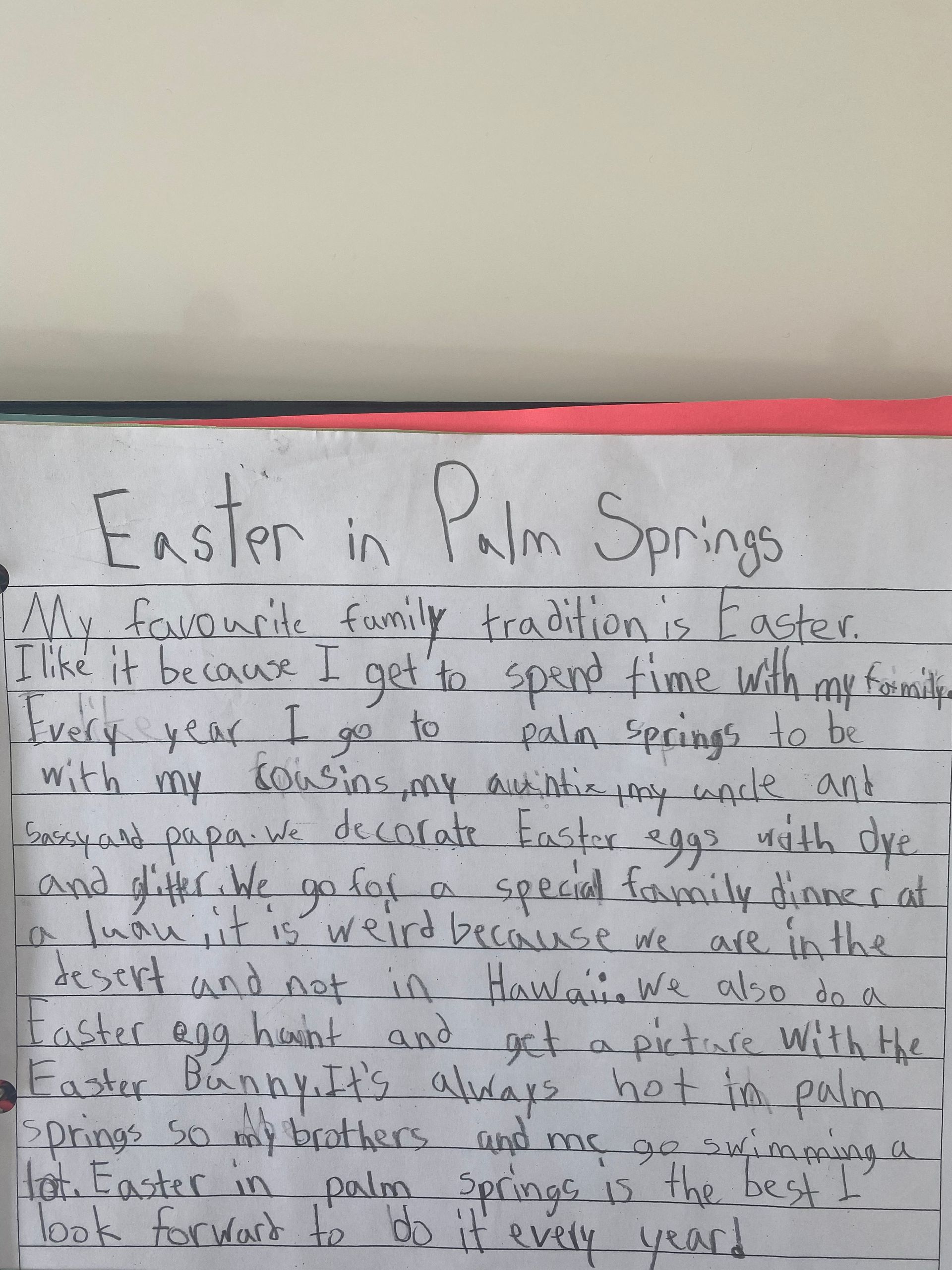

My own 5 wonderful grandchildren will be in the coming of age cohort that Koenen talks about. The past year has impacted every age group but I agree with Koenen that my grandkids will understand the world in a substantively different way than those from my “boomer” generation. On an optimistic note I hope Finn and his cohorts will remember the pre-Covid maskless days and the freedom that entailed.
Back in the fall and early winter of 1974 when my oldest son Noah was a newborn he had a regular “fussy time” between 5 and 7. To soothe him I would put him in the car bed (now banned for safety reasons!) and drive around the barren perimeter highway in Winnipeg where we lived. The car we rode in was a 1969 Plymouth Valiant that had push button gears. It was mostly painted a dull green except for the driver side door that was at least one shade off the rest of the body. As we circled the city the radio was permanently dialled to the daily CBC (national government radio station) evening interview program called “As It Happens”. It was the start of my long time reliance on many CBC radio shows including “This Country in the Morning” hosted by the late Peter Zosky that fed my hunger for news and editorial opinion.
Thanks to Sirius radio I can now listen to CBC in my little white sports car while I am in driving around Palm Desert where I spend the winters. One program I heard this January called “Tapestry” presented a feature on Riva Lehere. The host, Mary Haynes said this: “As a portrait artist, Riva Lehrer says faces are her whole life . She’s also someone with spina bifida – and that means people give all kinds of unwelcome attention to her body. When that happens, her face has always been her ally. With our faces necessarily hidden under masks – she is navigating a new way of connecting with the world.” (CBC Tapestry program with Mary Haynes)
Haynes noted that Riva depends on faces to inspire her artistry and that her own face is “something of a lifeline when out among strangers. She relies on it to send signals to the world.” This talented portrait artist has been fascinated and inspired by faces. With mask wearing as one of the important ways to combat the coronavirus Lehrer’s lifeline has been severed. The result she says is: “face hunger”.
So how can Riva Lehrer deal with this seemingly negative side of Covid restrictions? Not surprisingly her answer is rooted in creativity. She is excited by the design variety of the masks many people wear. “Each mask to me is like you are playing a game of Clue and you look and you think this person has chosen this mask because it expresses some essential thing about who they are.” I am looking forward to her “masked” portraits.
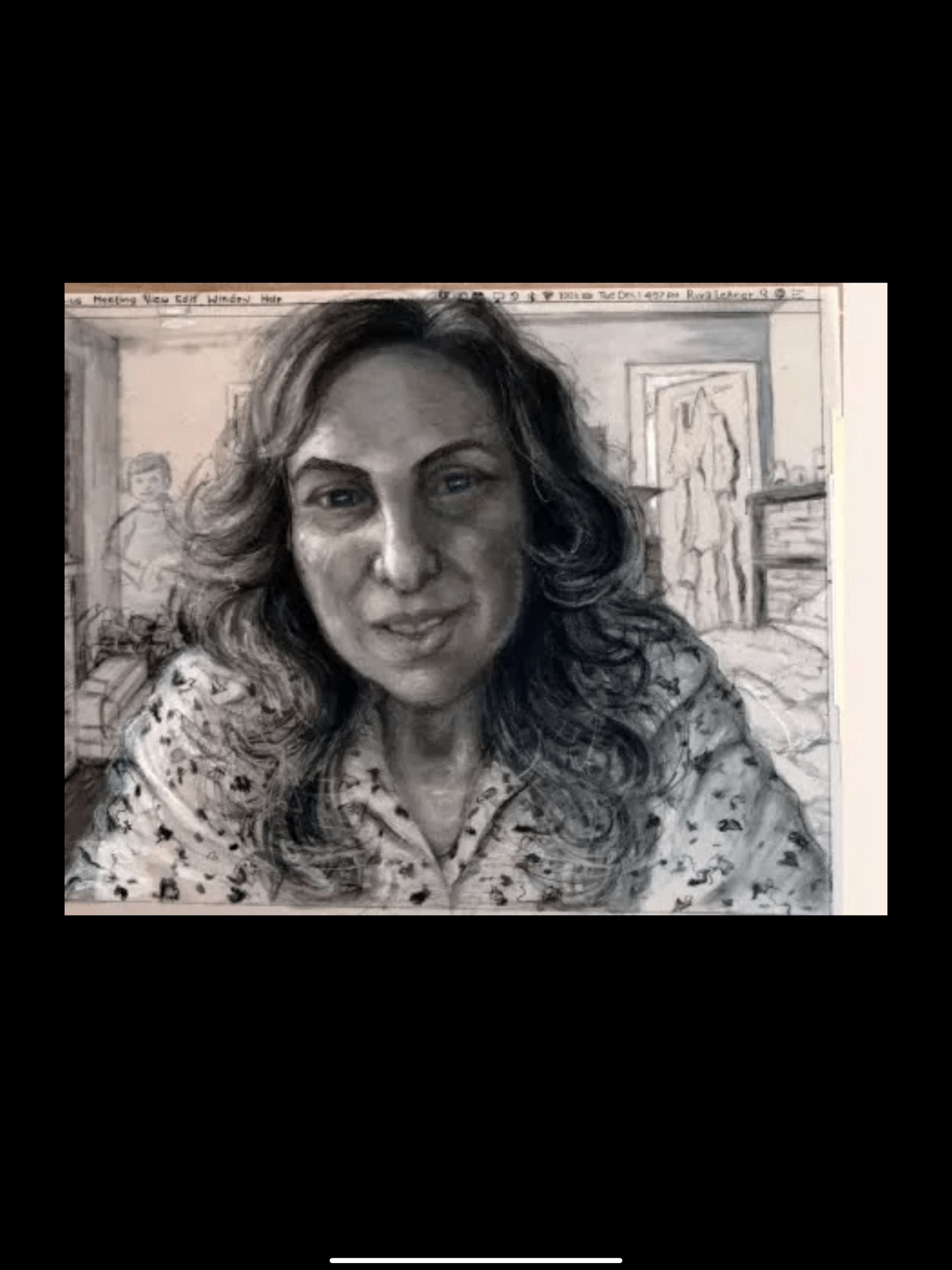
Certainly postulations about what we will experience in the post pandemic world involve many more obvious and perhaps less apparent ideas than the ones I have put forward. Will we ever go back to the office? Will our big downtown buildings remain empty and lifeless ? Will online buying overshadow in person shopping? Will businesses built on digital dominate those that are not? Will remote work create new commercial hubs in the suburbs? The future will tell.
Riva Lehrer has found an inventive way to deal with a masked society that stifled her creativity. I have faith that my grandson Finn and his cohorts will find their own and original approach to their coming-of-age. I am counting on us all having smiling faces when we finally reach the post pandemic.
Sassy Blog

